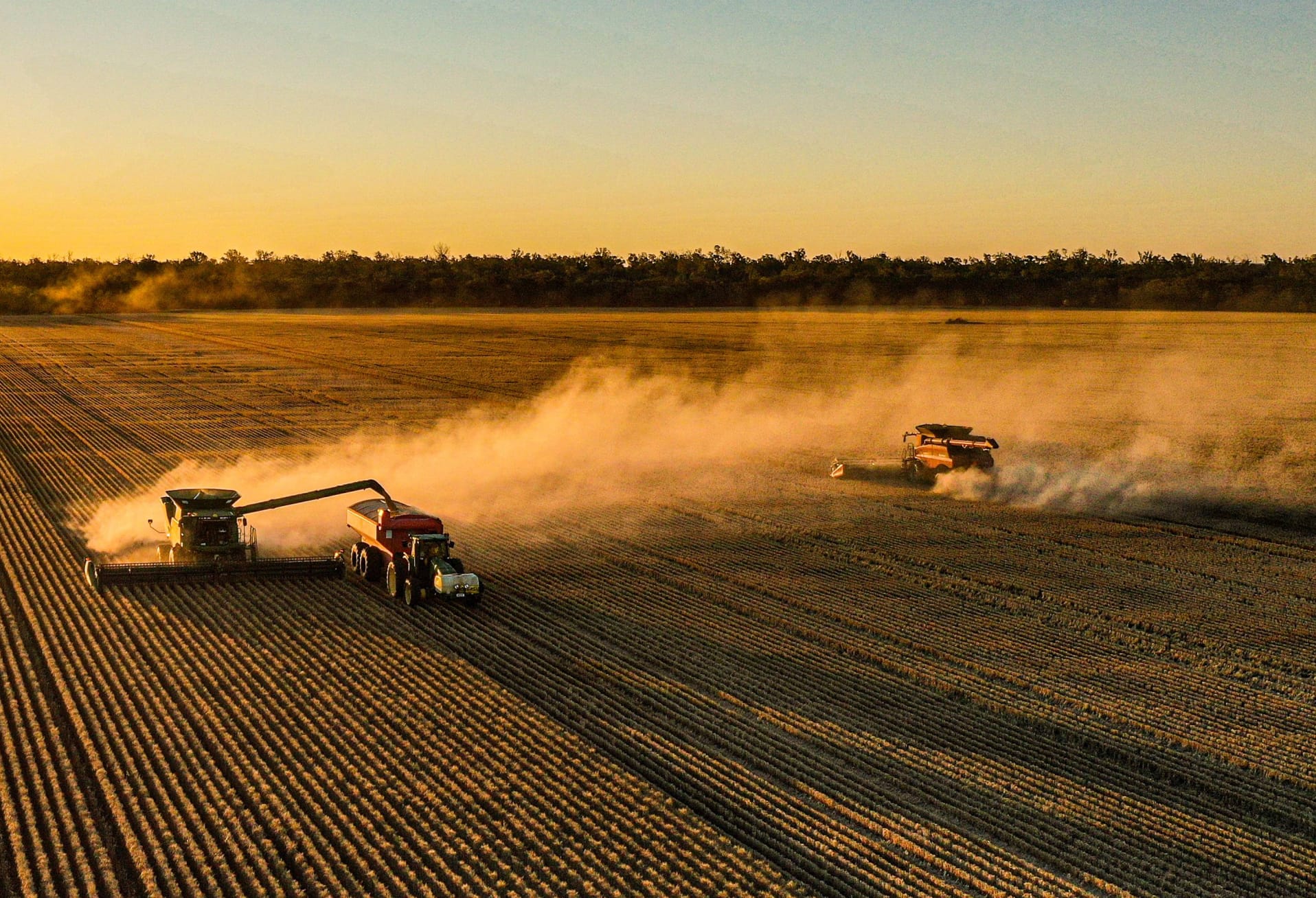There’s a lot of buzz about drones, but a range of factors need to be considered when thinking about if or how they can fit a broadacre farming system.
In recent years we have seen a huge increase in the popularity and availability of drones for a range of applications and industries, and agriculture is no exception. However, because drones are still an emerging technology, their current and potential capabilities are not yet widely understood.
As of last season (2016), BCG has been incorporating drones into our research activities. Based on these practical experiences, we present the first of three introductory articles on the use of drones in broadacre for the prospective pilot or the simply curious.
What is a drone?
A drone – otherwise known as an Unmanned Aerial Vehicle (UAV) or Unmanned Aerial System (UAS) – is a small, remotely-controlled aircraft. At a basic level, drones can be categorised as either multirotor or fixed-wing.
Multirotor drones are similar to small helicopters and use rotors used to generate lift. This provides a highly stable and maneuverable sensor platform that can hover and is easy to fly.
On the other hand, fixed wing drones are closer in appearance to airplanes and rely on wings to generate lift. This means that they can often cover more ground than multirotors.
Popular consumer drones like the DJI Phantom have impressive and entertaining features, but lack the features necessary for generating useful paddock-scale imagery out of the box. Most specialised drone platforms that are relevant to broadacre farming are fixed wing, controlled by an autopilot, and are designed around producing large images (orthomosaics) that can map out an entire paddock, similar to satellite imagery.
It’s also important to remember that the drone itself is just a tool to collect data, and is only one part of the system needed to do that. A full agricultural drone package will normally include flight planning software, the sensors that are carried on the drone, and data processing tools that convert the raw images into useful layers of information.
What data can a drone collect?
The kind of data that a drone collects depends on the sensor that it carries. In most cases, the sensor is a separate item that can be swapped in and out of the drone platform. For example, the senseFly eBee Ag that BCG uses can carry a true-colour (or RGB), infrared, multispectral, or thermal sensor.
Each of these sensors has different applications, but those most frequently associated with agriculture are RGB and infrared or multispectral sensors. In the case of infrared/multispectral sensors, this is because of their ability to generate the Near Difference Vegetative Index (NDVI).
NDVI is calculated based on the amount of reflected light at various parts of the spectrum. It is fundamentally a measure of the greenness of plant matter, but has a strong relationship with biomass, vigour, yield and crop N status. For example, NDVI taken in August over a BCG trial site in Manangatang site correlated well with biomass cuts taken two days prior (R2 = 0.6625).
However, NDVI also has its limitations. Firstly, NDVI doesn’t differentiate between different types of biomass – so what might look like the most vigorous part of the paddock in an NDVI image could actually just be the weediest. This means that ground-truthing observations is very important. Secondly, since NDVI is a measure of reflected light, lighting conditions on the day it is taken can affect its accuracy.
How much of an issue this is depends on what kind of sensor is used. True multispectral cameras are more reliable, but expensive (eg. $5900 for the Parrot Sequoia). Standard cameras that have been modified to capture infra-red light are common in the drone market because of their relative cheapness (eg. $2000 for the Canon S110 NIR), but can be quite biased1. This still means that they’re very useful for getting a snapshot of how different parts of a paddock are performing at one time, but might be less useful for comparing between different paddocks or on different days.
What can you do with the data?
True colour or NDVI imagery from a drone can be used for a wide variety of purposes on the farm. Some of the more common and accessible applications include:
- Detecting disease, insect, or frost damage
- Identifying plant emergence, and checking crop establishment and uniformity across the paddock
- Assessing plant health, moisture, and nutrient status
- Generating prescription maps for variable rate application (VRA)
While some of these – especially those related to crop scouting – are fairly simple, more complex applications will generally require more data processing. There are also many new applications for the data that continue to emerge and this is likely to accelerate as adoption of the technology grows.
Because drones are still relatively new, and broadacre cropping is a specialised market segment, only limited information is available that is both relevant and objective. Consequently, with the support of gold partner UPG, the Telematics Trust, and the Hugh D.T. Williamson Foundation, BCG is using a drone across our trial sites and farmer paddocks to explore and demonstrate the associated capabilities, workflows, and costs of the technology in a broadacre cropping scenario.
Read more about our findings from research carried out in 2016 here.
Next month…
Comparing drones with satellite imagery, yield mapping, set-up costs.
References:
1 Nebiker, S., Lack, N., Abacherli, M. and Laderach, S. 2016, “Light-weight multispectral UAV sensors and their capabilities for predicting grain yield and detecting plant diseases”, The International Archives of the Photogrammetry, Remote Sesnsing and Spatial Information Sciences, Vol. XLI-B1, pp. 963-970. doi: 10.5194/isprarchives-XLI-B1-963-2016










